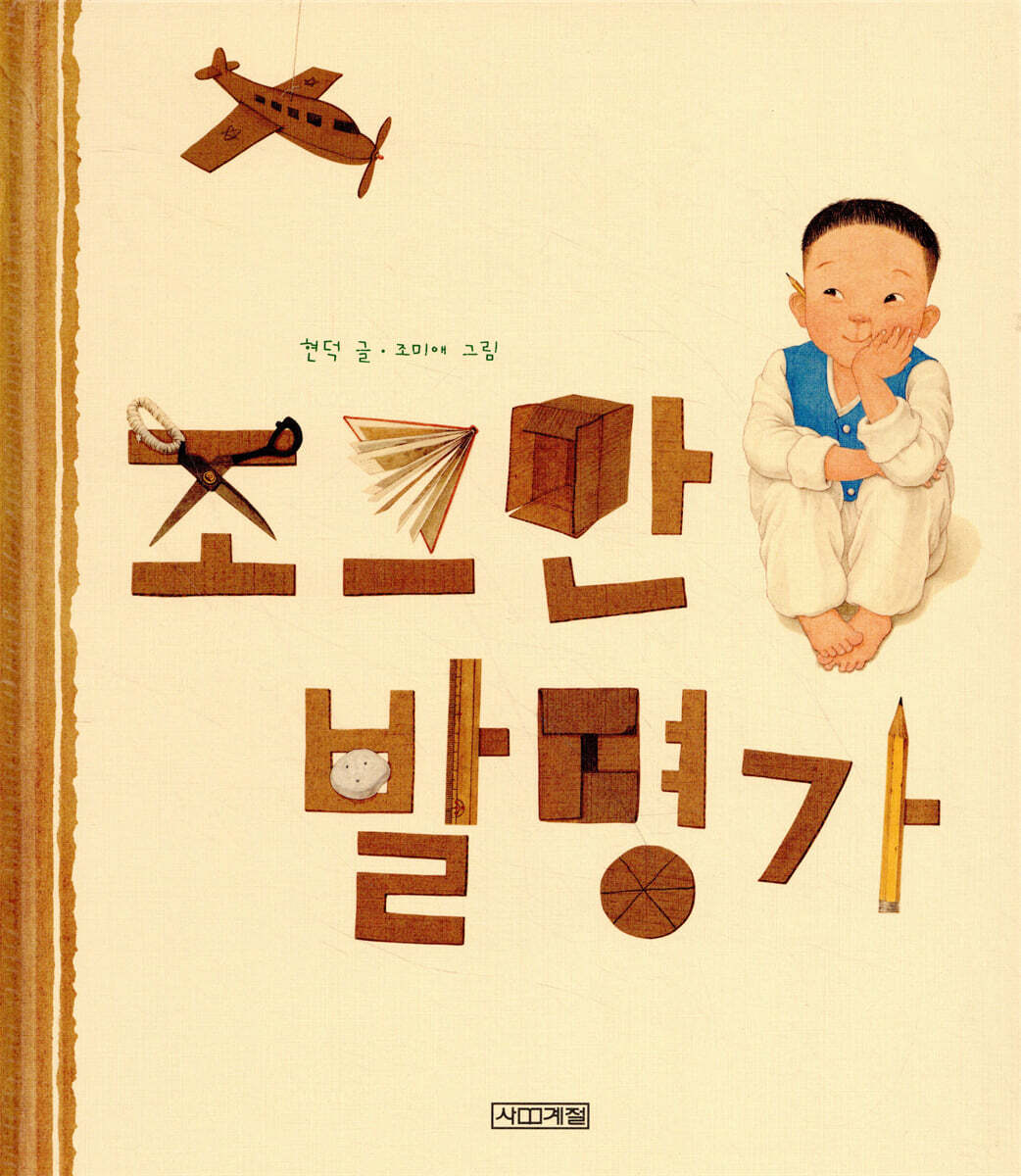Hyeon Deok (1909-?) was a Korean novelist and children’s book writer.
Life
Hyeon Deok was born in Seoul in 1909. His family’s financial situation grew difficult during his childhood, which he spent being passed around relatives. He usually stayed at his uncle’s house in Daebudo Island, his experiences from which time are reflected in the short stories “Namsaengi” (남생이 Terrapin) and “Gyeongchip” (경칩 Coming of the Spring). In 1932, Hyeon’s work received honorable mention in the children’s story category in the Dong-a Ilbo New Writer’s Contest. After a long training period, he began his literary career when his short story “Namsaengi” won the Chosun Ilbo New Writer’s Contest in 1938. For about two years after his debut, Hyeon published works in fiction, children’s fiction, and young adult fiction. In 1940, he convalesced in Hwanghae-do due to tuberculosis. His health worsened, and when the Pacific War broke out, he stopped writing.
After the liberation, he gathered his previous works and published several collections of short stories, children’s fiction, and young adult fiction. During the Second Battle of Seoul, he defected to North Korea. He later published a short story collection titled Suhwagui nal (수확의 날 Harvest Day). Immediately after the truce in 1953, Hyeon Deok’s works were harshly criticized during the purge of writers from the Workers’ Party of South Korea. He is believed to have been classified as a member of Han Sorya’s faction and killed during a purge in 1962.
Writing
Hyeon Deok was a writer who portrayed the wretched lives of farmers and urban poor from the perspective of social criticism. Through the lives of farmers who have given up farming and left for the outskirts of cities yet are still unable to escape poverty, he painted a realistic portrait of colonial Korea’s deformed economic structure. Many of his works feature children as main characters, and he illustrated the corruption of cities through helpless intellectuals.
“Namsaengi” describes the poor and difficult lives and moral degradation of the people living in the quayside of Incheon through the eyes of an innocent boy named Noma. When Noma’s father collapses from overwork, Noma’s mother supports the family selling alcohol by the quay. The bedridden father is unhappy about the arrangement, but she does not listen to him and ends up bringing home a lover. Using an ill father or the death of a father, Hyeon depicts the depressing reality in which the father loses even the value of existence in a patriarchal system due to economic incompetence. However, Hyeon avoids a pessimistic ending by intersecting the death of Noma’s father and Noma’s growth.
Most of Hyeon Deok’s works are based on his own experiences, but they are praised for containing meticulous descriptions of the lives of the poor without becoming immersed in the self-consciousness of an intellectual. In that sense, he is a writer who belongs to the tradition and line of realist literature. In particular, he is considered one of the most representative writers from Incheon due to his delicate depiction of the Incheon quayside, where he spent most of his childhood. Hyeon’s works had a huge impact on children’s literature in Korea as well. His children’s books featuring Noma as the main character continue to be republished with a steady following even in the 2000s.
현덕(1909~미상)은 대한민국의 소설가, 아동문학가다.
생애
현덕(본명 현경윤)은 1909년 서울에서 태어났다. 가정 형편이 어려워져 친척 집을 전전하며 어린 시절을 보냈다. 1925년 제일고등보통학교에 입학했으나 집안 사정으로 1년 만에 중퇴했다. 이후 일본으로 건너가 오사카 등지에서 최하층의 생활을 경험했다. 귀국한 후 소설가 김유정, 안회남 등 문단의 여러 인사와 폭넓게 교류했다.
1927년 《조선일보》에 신춘문예 동화부문에 <달에서 떨어진 토끼>가 1등 당선, 1932년 동화<고무신>이 《동아일보》에 가작으로 뽑혔다. 이후 짧지 않은 습작 기간을 거쳐 1938년 《조선일보》 신춘문예에 소설 〈남생이〉가 당선되며 본격적인 작품 활동을 시작했다. 등단 이후 약 2년 동안 소설, 동화, 소년소설을 넘나들며 활발하게 작품을 발표했다. 1940년 결핵으로 황해도에서 요양했다. 건강이 악화되고 1941년 태평양 전쟁이 발발하면서 절필했다.
해방 이후 조선문학가동맹의 출판 부장직을 맡아 기관지 《문학》의 편집을 담당했다. 이전에 쓴 작품들을 모아 소설집, 동화집, 소년소설집을 다수 간행했다.
1950년 9·28 서울 수복 때 월북한 후, 북한 종군작가단에 소속되어 전쟁 소설을 집필했다. 이후로도 소설집 《수확의 날》(1960)을 출간하는 등 창작활동을 지속했다. 1953년 휴전 직후 북한에서 남로당 계열 문인의 숙청이 진행될 때 현덕의 작품이 신랄하게 비판받았으며, 1962년 한설야 일파로 분류되어 숙청당한 것으로 알려져 있다.
작품 세계
현덕은 사회비판적 시각으로 농민과 도시 빈민의 비참한 삶을 소설의 주제로 삼았다. 고향을 등지고 도시 변두리로 이주한 뒤에도 여전히 궁핍한 생활을 벗어나지 못하는 이농민들의 삶을 통해 1930년대 식민지 조선의 기형적 경제 구조를 사실적으로 그려냈다. 어린아이를 주인공으로 한 작품이 많으며, 무기력한 지식인을 통해 도시의 타락상을 드러내기도 했다.
데뷔작인 〈남생이〉(1938)는 천진한 소년의 시선에 비친 인천 부둣가 빈민촌의 가난한 생활과 윤리적 타락상을 그려낸다. 주인공의 아버지가 과로로 쓰러진 후 어머니가 부둣가에서 ‘들병 장수’(병술 장수)를 하며 가족을 부양한다. 아버지가 병환으로 죽자 어머니는 거짓 울음을 울며 장례를 치른다. 〈남생이〉는 병든 아버지 혹은 아버지의 죽음이라는 소재를 통해 경제적 무능으로 인해 가부장제 내에서 존재 가치조차 잃게 되는 비참한 현실을 그려냈다.
현덕의 작품은 대부분 작가 자신의 체험을 바탕으로 하고 있지만, 지식인의 자의식에 함몰되지 않고 당시 빈민들의 생활을 치밀하게 묘사했다. 그런 의미에서 그는 리얼리즘 문학의 전통을 이은 작가라고 할 수 있다.
한편, 현덕의 작품은 아동문학계에도 큰 영향을 끼쳤는데, ‘노마’를 주인공으로 한 그의 동화작품은 2000년대 이후에도 꾸준한 호응을 얻으며 재출간을 거듭했다.
주요 작품
1) 소설집
《남생이》, 아문각, 1947.
《수확의 날》, 조선문학예술총동맹출판사, 1962.
《현덕 작품집》(고봉준 편), 지식을 만드는 지식, 2010(개제, 《현덕 단편집》(고봉준 편), 2021).
2) 동화집
《집을 나간 소년》, 어문각, 1946.
《포도와 구슬》, 정음사, 1946.
《토끼 삼형제》, 을유문화사, 1947.
《광명을 찾아서》, 동지사아동원, 1949(개정판, 창비, 2013).
《현덕 동화 선집》, 지만지, 2013.
3) 전집
《현덕 전집》(원종찬 편), 역락, 2009.




